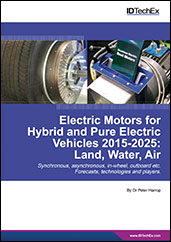Book

Safety and Reliability in Cooperating Unmanned Aerial Systems
2010-01-01
Contents: Unmanned Aerial Systems Cooperative Control Contingencies Health Management for the Individual Vehicles: A Review Health Monitoring and Adaptation for UAS Formations Decision Making and Health Management for Cooperating UAS







